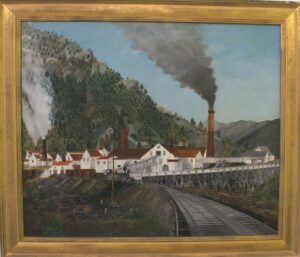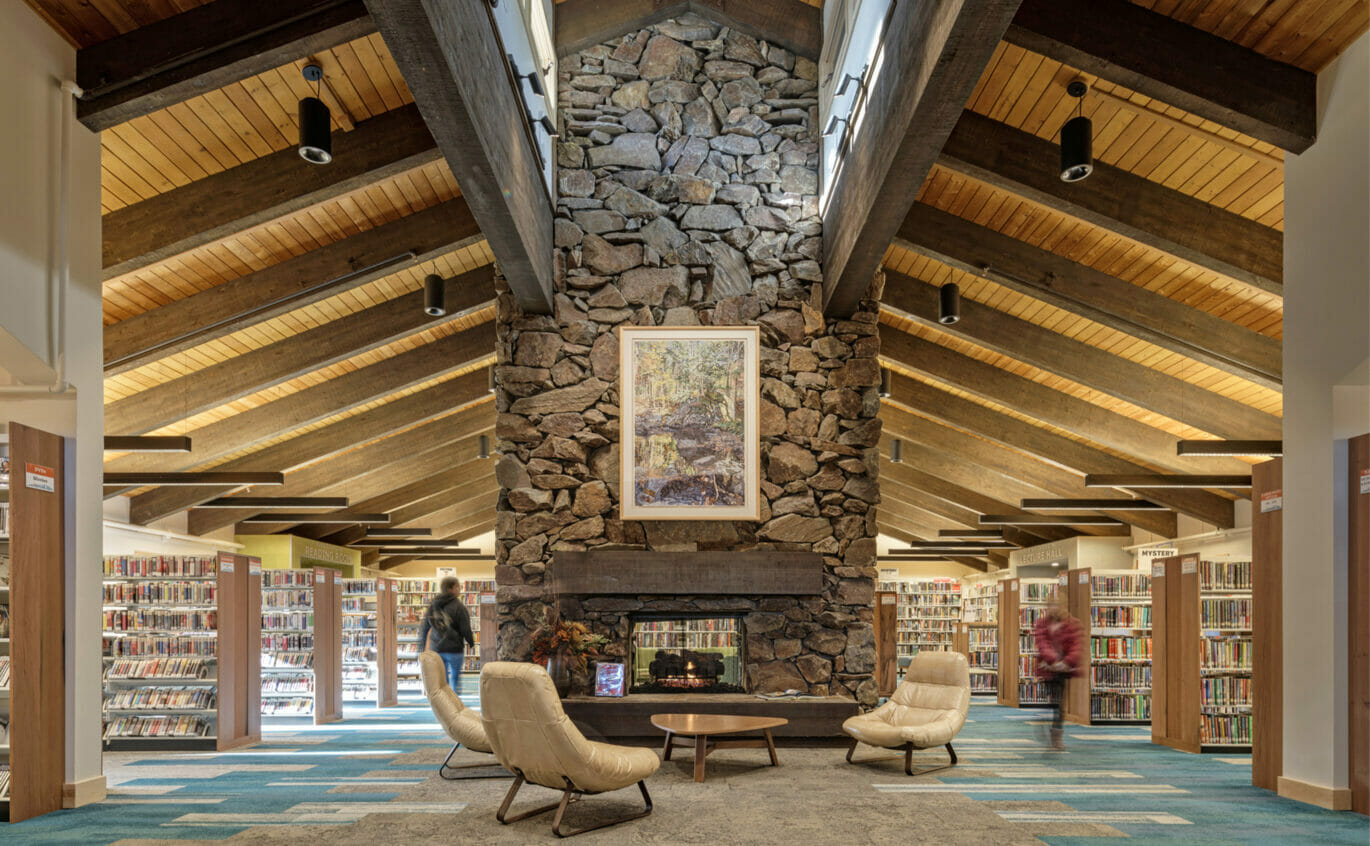In late 1959, Ernest Hemingway received a series of German press reviews from his publisher in Hamburg, Germany, Rowohlt Verlag GmbH. The press compilation starring Hemingway came from widely different publications across Germany, from mainstream newspapers in Berlin to small school newspapers in München. In a time before the internet and easier global promotion, Hemingway’s figure loomed large as one of the 20th century’s most renowned literary figures. They reveal the conversations happening … [Read more...] about Hemingway Press Reviews
Hemingway Press Reviews
In late 1959, Ernest Hemingway received a series of German press reviews from his publisher in Hamburg, Germany, Rowohlt Verlag GmbH. The press compilation starring Hemingway came from widely different publications across Germany, from mainstream newspapers in Berlin to small school newspapers in München. In a time before the internet and easier global promotion, Hemingway’s figure loomed large as one of the 20th century’s most renowned literary figures. They reveal the conversations happening … [Read more...] about Hemingway Press Reviews
Ketchum’s Industrial Past: The Philadelphia Smelter
The Wood River Valley is best known today for its outdoor recreation and scenic beauty, but in the late 1800s, its mountains buzzed with industry. A newly acquired painting at the Wood River Museum of History and Culture offers a rare visual record of that era: a detailed 19th-century depiction of the Philadelphia Smelter, once located at the mouth of Warm Springs Canyon in Ketchum. The painting likely dates to the 1880s and illustrates a moment of booming silver industry in the Wood River … [Read more...] about Ketchum’s Industrial Past: The Philadelphia Smelter
Ketchum’s Industrial Past: The Philadelphia Smelter
The Wood River Valley is best known today for its outdoor recreation and scenic beauty, but in the late 1800s, its mountains buzzed with industry. A newly acquired painting at the Wood River Museum of History and Culture offers a rare visual record of that era: a detailed 19th-century depiction of the Philadelphia Smelter, once located at the mouth of Warm Springs Canyon in Ketchum. The painting likely dates to the 1880s and illustrates a moment of booming silver industry in the Wood River … [Read more...] about Ketchum’s Industrial Past: The Philadelphia Smelter
Chinese Liquor Bottle
Among the artifacts on display in Tracks & Traces: Reconstructing Chinese History in Southern Idaho is a ceramic liquor bottle, a remnant of the global trade networks that connected China to the United States in the early 20th century. Produced in the 1930s by the renowned Chinese distillery Wing Lee Wai, this bottle once held Ng Ka Pi—a potent variety of baijiu (“white spirit”) infused with the medicinal herb Wu Jia Pi. The distillery Wing Lee Wai, which translates to “eternal fortune … [Read more...] about Chinese Liquor Bottle
Chinese Liquor Bottle
Among the artifacts on display in Tracks & Traces: Reconstructing Chinese History in Southern Idaho is a ceramic liquor bottle, a remnant of the global trade networks that connected China to the United States in the early 20th century. Produced in the 1930s by the renowned Chinese distillery Wing Lee Wai, this bottle once held Ng Ka Pi—a potent variety of baijiu (“white spirit”) infused with the medicinal herb Wu Jia Pi. The distillery Wing Lee Wai, which translates to “eternal fortune … [Read more...] about Chinese Liquor Bottle




